Understanding the Role of Lighting in Film
Lighting is a crucial element in filmmaking, playing an essential role in shaping the viewer’s experience and interpretation of a film. The deliberate use of light and shadow significantly influences the overall mood and tone, guiding the audience’s emotions and perceptions. Directors and cinematographers carefully consider lighting to establish the atmosphere of each scene, reinforcing themes and enhancing storytelling.
Different functions of lighting can create a diverse range of effects: high-key lighting provides an upbeat and cheerful vibe, while low-key lighting introduces suspense or drama. For instance, bright lights often signify safety or happiness, whereas darker shadows may suggest danger or uncertainty. This strategic manipulation of light not only interacts with the visual aesthetics but also shapes character perception. A well-lit hero may embody hope and clarity, while dimly lit antagonists can convey malevolence or mystery, thus influencing the audience’s emotional response.
The historical evolution of lighting techniques in filmmaking marks a substantial development from the early days of cinema. Initially, filmmakers relied on natural light, which was unpredictable and limited in scope. As technology progressed, artificial lighting sources became commonplace, allowing for greater control over illumination. Notable advancements, such as the introduction of the three-point lighting system, revolutionized how filmmakers approached lighting setups, enabling them to create depth and dimensionality in their work.
Today, lighting technology has expanded dramatically with the advent of digital techniques and advanced equipment, providing filmmakers with endless possibilities for creativity. As such, understanding the intricacies of lighting is fundamental for contemporary filmmakers who wish to master their craft and effectively convey storytelling through their visual choices. The significance of lighting in film continues to redefine cinematic art, making it an indispensable aspect of production that influences how stories are told and perceived.
Core Lighting Techniques Every Filmmaker Should Know
Lighting is a fundamental aspect of filmmaking that significantly influences the overall aesthetic and emotional tone of a scene. Understanding various core lighting techniques allows filmmakers to craft compelling narratives visually. Among the most crucial methods are three-point lighting, natural lighting, and practical lighting, each serving distinct purposes and offering unique benefits.
Three-point lighting is a standard technique used to ensure that subjects are illuminated well, creating a flattering and professional look. This method comprises three light sources: the key light, which acts as the main source of illumination; the fill light, which softens shadows created by the key light; and the back light, which enhances the separation between the subject and the background. A notable example of this technique can be seen in the film “The Godfather,” where characters are often lit using this method to emphasize their faces while creating dramatic contrasts that enhance the narrative depth.
Natural lighting is another popular technique that exploits available light sources, such as sunlight, to achieve a realistic aesthetic. Filmmakers frequently utilize natural lighting for its organic quality, often seen in works like “The Revenant,” where director Alejandro Iñárritu relied on natural light to evoke a raw, immersive experience. This technique requires meticulous planning and a keen understanding of timing, as the changing light conditions can dramatically alter the visual atmosphere.
Practical lighting involves using light sources visible within the frame, such as lamps or candles, to create a more natural and believable environment. This technique not only enhances the authenticity of a scene but also provides additional illumination where necessary. For instance, in “Blade Runner 2049,” practical lighting plays a pivotal role in establishing a moody, futuristic setting that resonates with the film’s themes.
By mastering these essential lighting techniques, filmmakers can elevate their visual storytelling, creating powerful imagery that resonates with audiences and enriches the narrative experience.
Tips for Achieving Professional-Quality Lighting on a Budget
Independent filmmakers often face the challenge of achieving high-quality lighting without a substantial budget. However, it is possible to create professional-quality lighting by employing a few strategic approaches, utilizing affordable equipment, and implementing creative solutions with everyday items. Key considerations include understanding color temperature, creating the right ambiance, and strategically placing lights.
First, consider investing in a budget-friendly lighting kit. Many brands offer complete kits that include LED panel lights, softboxes, and stands at a reasonable price. LED lights are increasingly popular due to their energy efficiency and versatility. When selecting lights, pay attention to their color temperature, which should match the overall tone of your production. A balanced color temperature helps maintain consistency and enhances the visual quality of your scenes.
If commercial lighting kits are still beyond reach, DIY solutions can be a practical alternative. For instance, you can create cheap diffusers using white bedsheets or shower curtains to soften harsh lighting. Additionally, using reflectors made from foam boards or aluminum foil can effectively redirect and enhance available light, elevating the overall luminosity of the scene.
Incorporating practical lights—such as lamps or candles—can add warmth and depth to your shots. Positioning these elements thoughtfully within the scene can create dynamic lighting effects without high costs. Always consider the desired ambiance and mood you want the audience to experience. Experimenting with different placements can reveal unique lighting setups that enhance your project significantly.
Lastly, even natural light can be leveraged effectively. Filming during the golden hour, just after sunrise or before sunset, provides beautiful, soft lighting. Be mindful of how directional light impacts your subject and utilize windows as natural light sources. By mastering these tips, independent filmmakers can achieve stunning results without overspending on equipment.
Adapting Lighting for Different Genres and Styles
Lighting serves as a fundamental aspect of filmmaking, impacting both aesthetic appeal and emotional resonance within various film genres. Different styles often demand specific lighting techniques to effectively convey themes, moods, and character dynamics. For instance, horror films frequently utilize low-key lighting to create an atmosphere of dread and suspense. Shadows, combined with strategically placed highlights, can evoke feelings of fear and uncertainty, similar to the techniques employed in films like “The Babadook.” On the other hand, vibrant, high-key lighting is commonly associated with the romance genre. Bright, soft lighting enhances tender moments and underscores the warmth of relationships, as seen in films like “The Notebook,” where glowing scenes reflect the emotional highs of the narrative.
In contrast, action films often leverage dynamic lighting to heighten excitement and intensity. Rapid shifts between light and dark can mirror the energetic pace of fight scenes or chases, keeping audiences on the edge of their seats. A prime example is found in “Mad Max: Fury Road,” where dramatic contrasts accentuate the chaos of the narrative. Documentaries, however, typically adopt more naturalistic lighting to maintain authenticity. Natural light sources are frequently used to capture the raw, unfiltered essence of reality, as demonstrated in “The Act of Killing,” where lighting choices underscore the gravity of the subject matter.
Ultimately, the effectiveness of a film’s lighting strategy lies in its ability to engage viewers emotionally and narratively. Filmmakers are encouraged to experiment with these various lighting techniques, taking inspiration from successful examples within each genre. By doing so, they can develop a distinctive visual style that not only supports but also enhances the storytelling experience, transforming how audiences perceive the unfolding drama on screen.


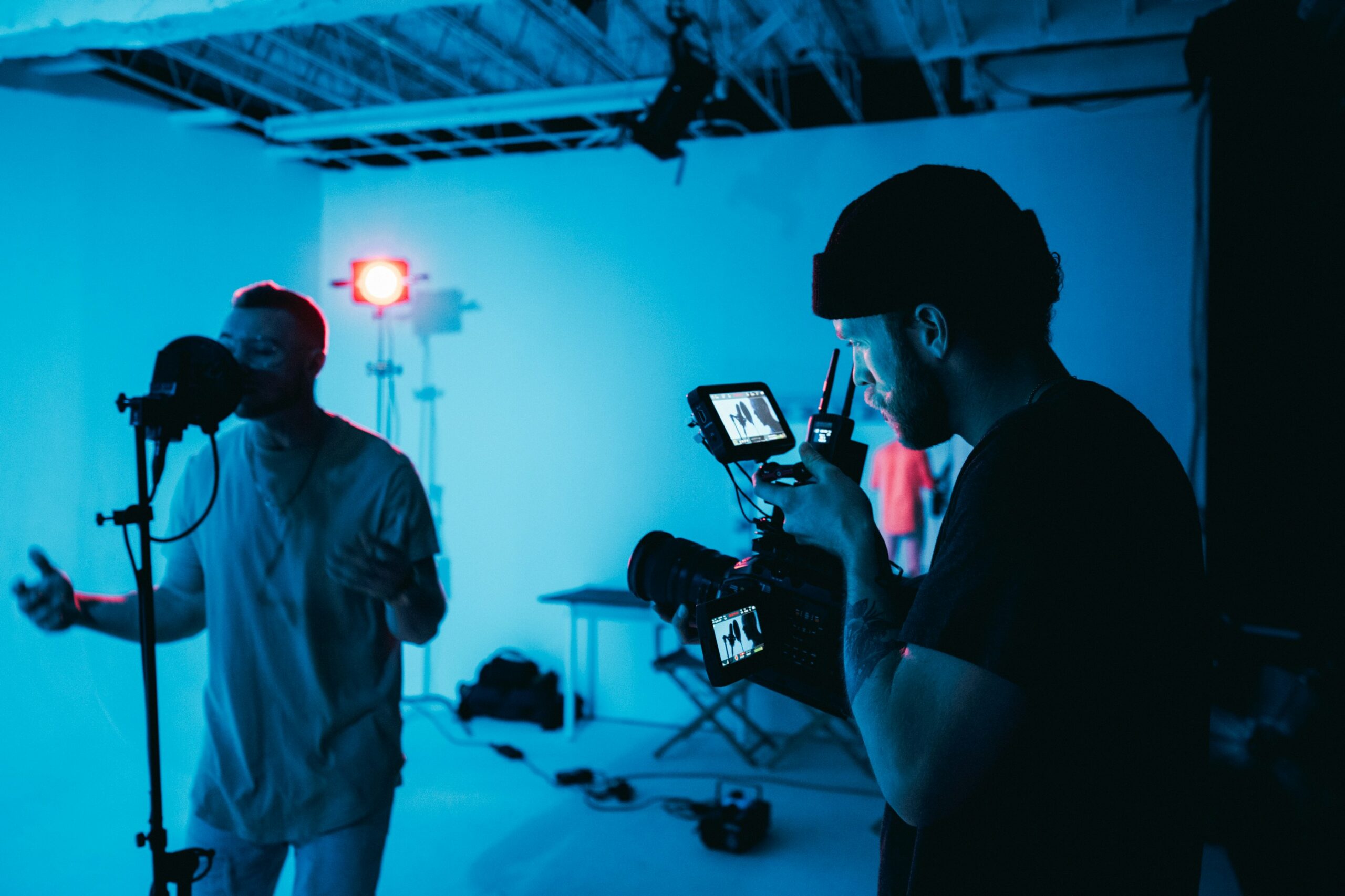
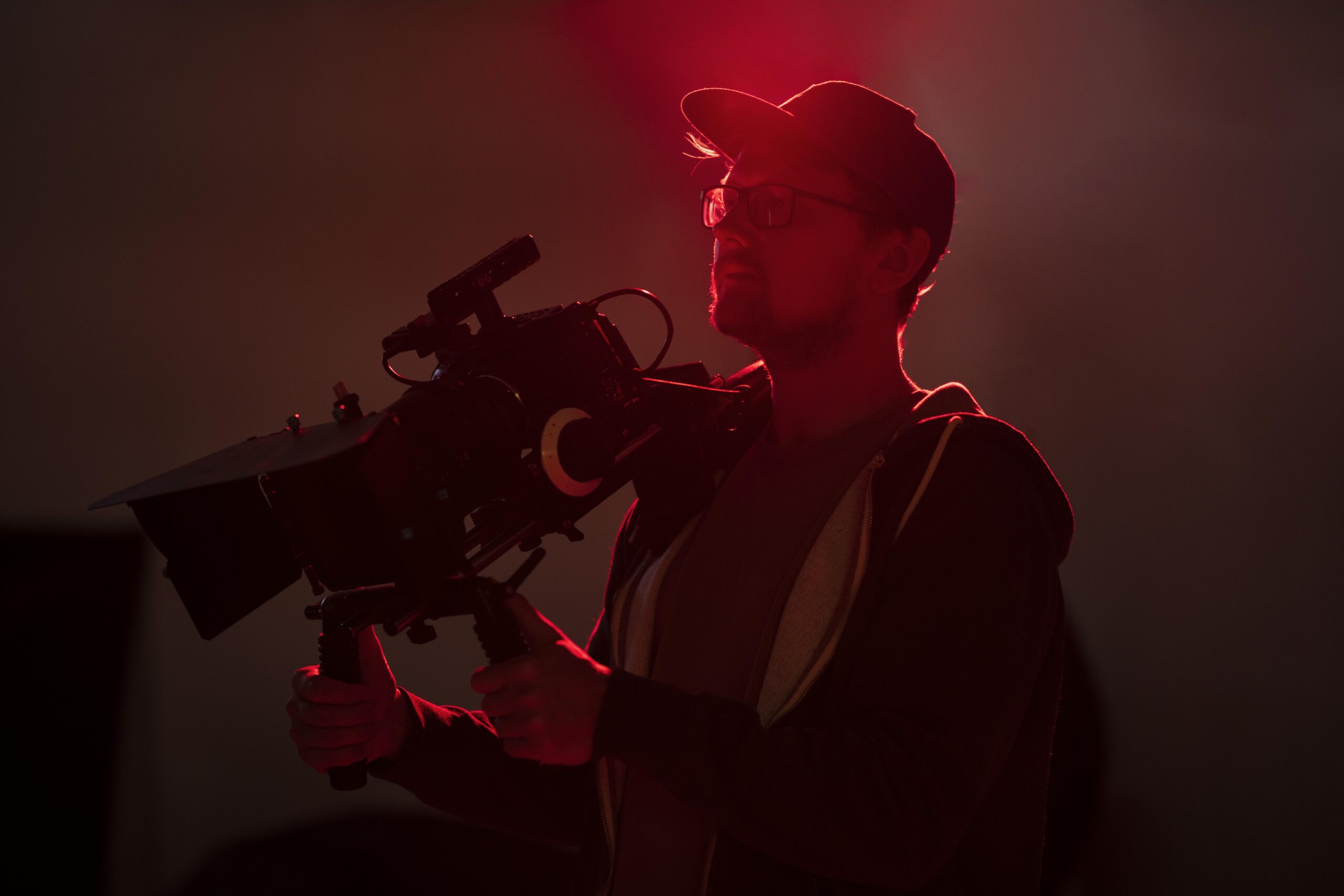
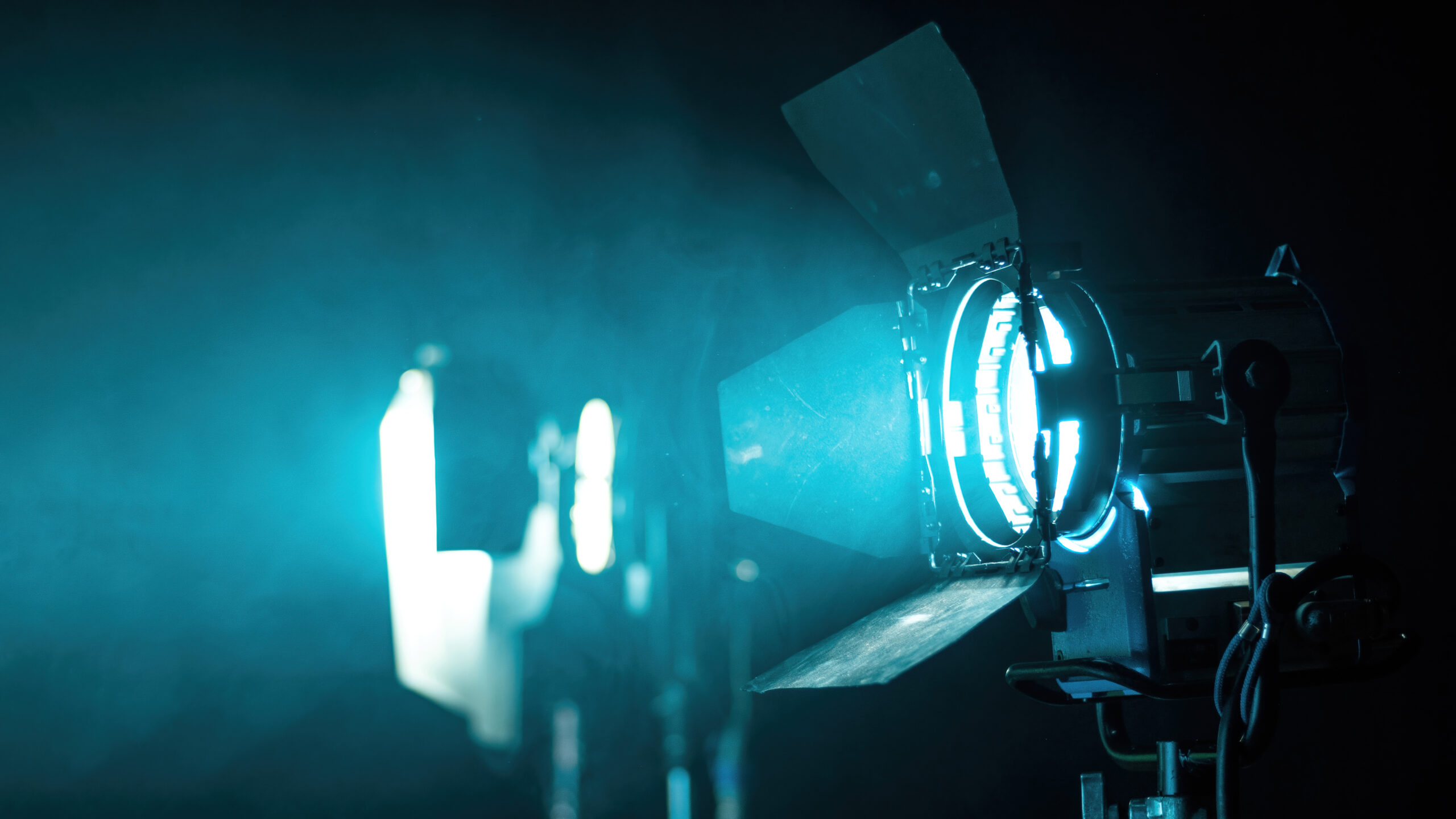
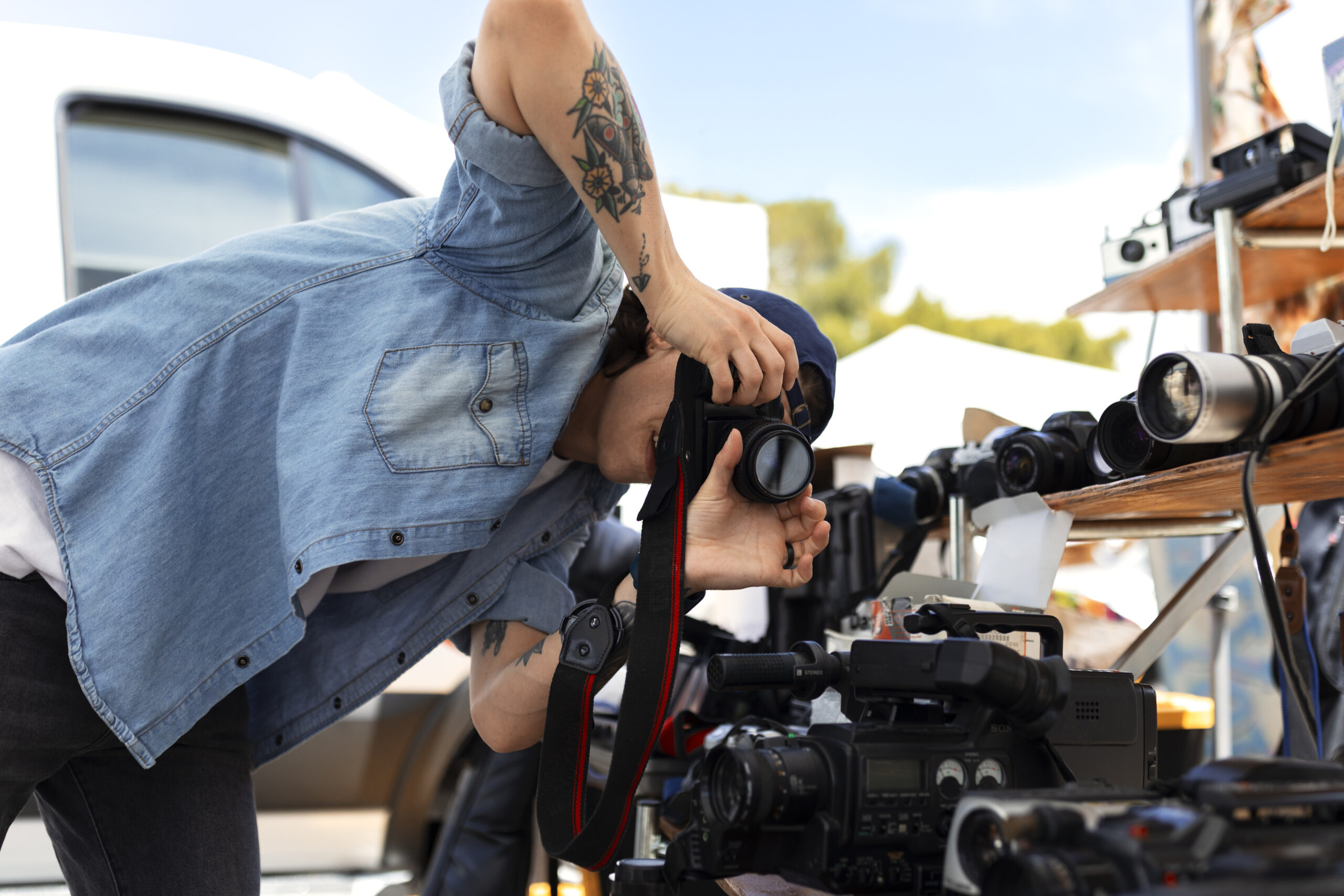

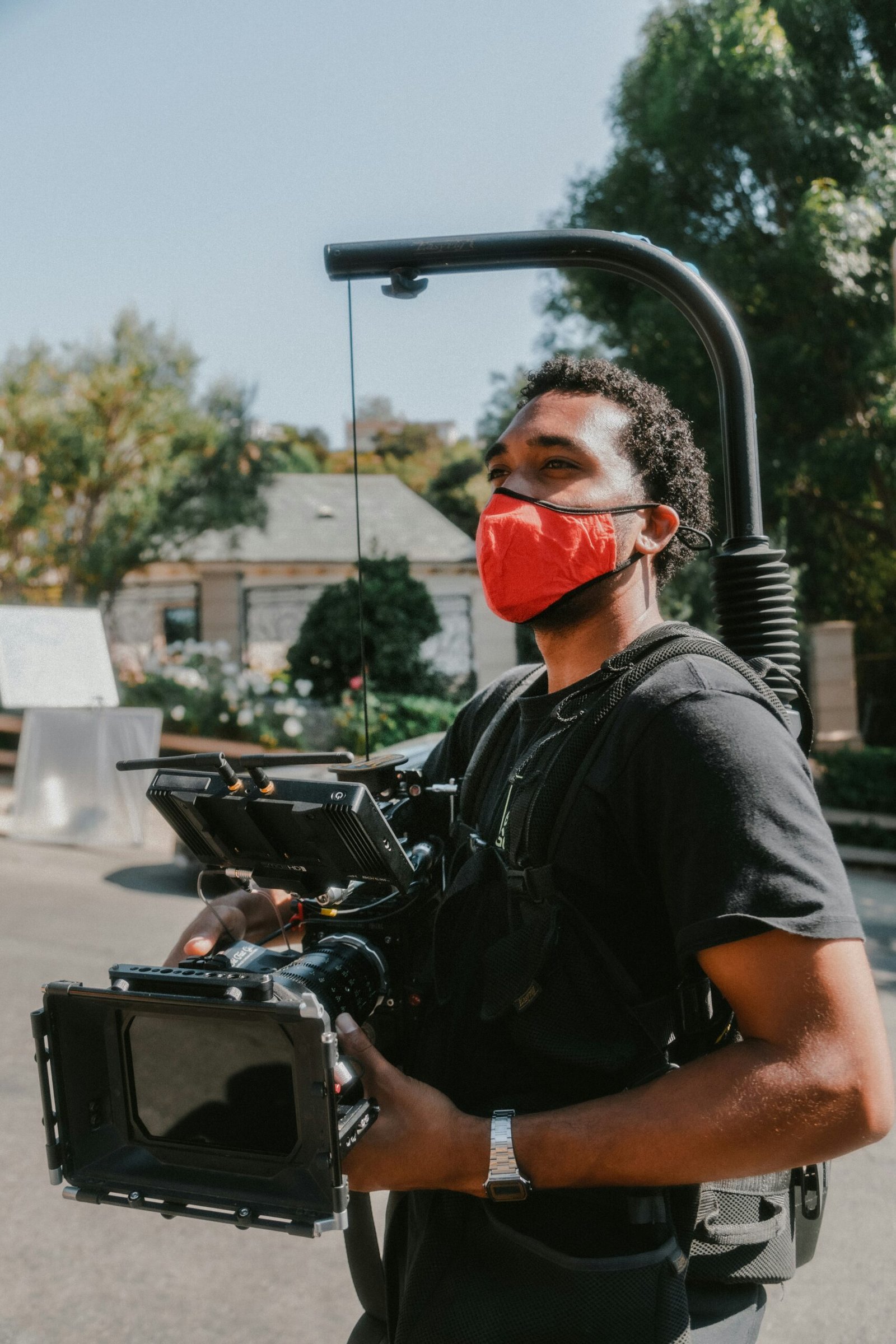
No Comments